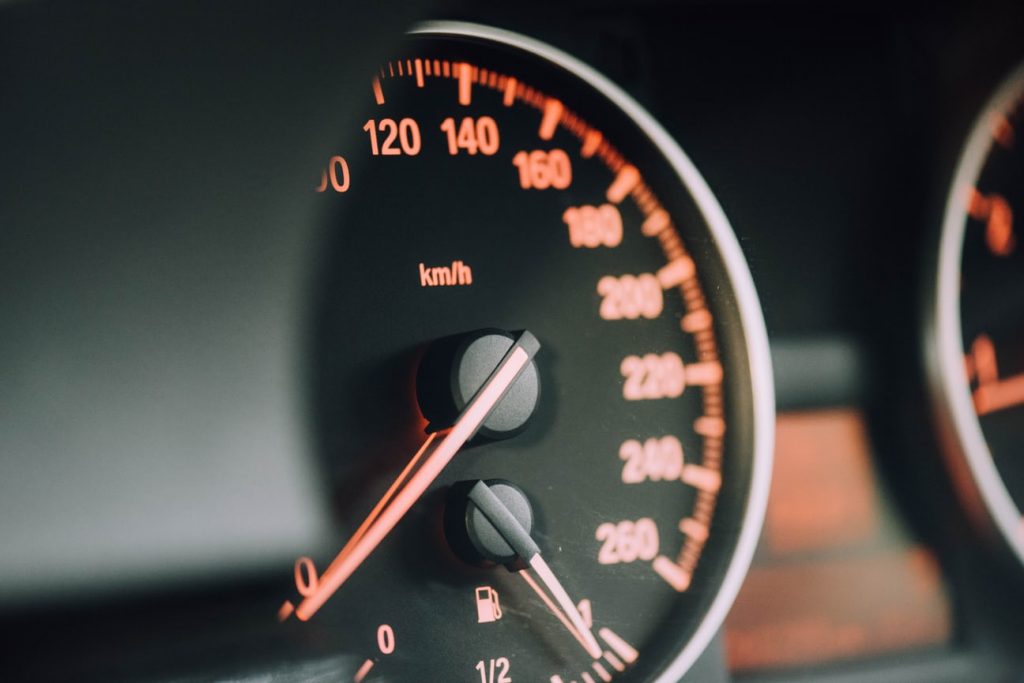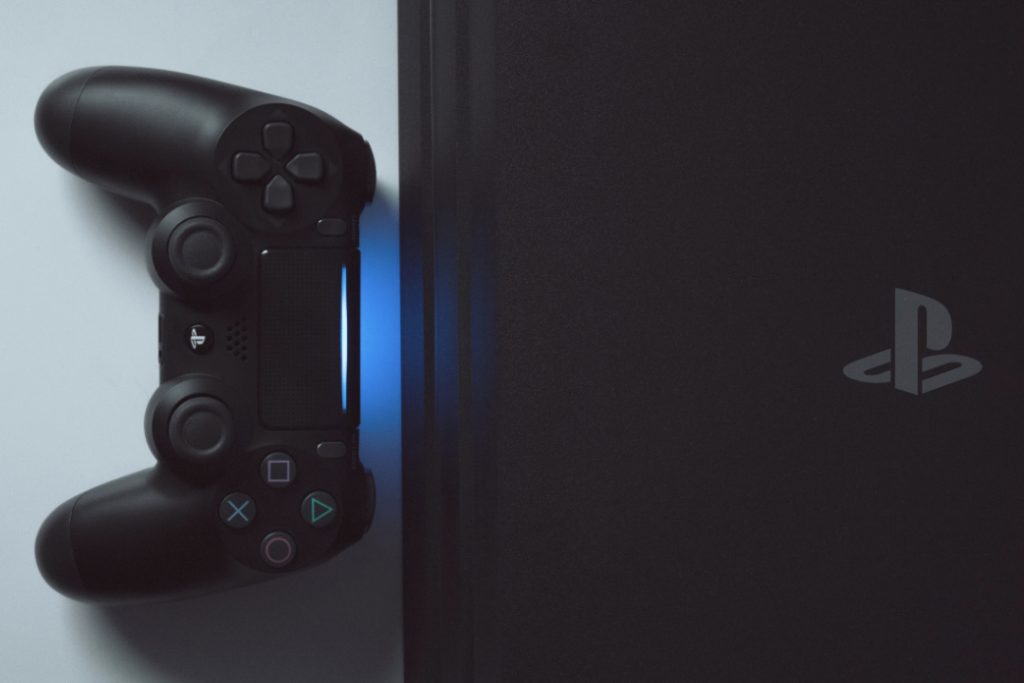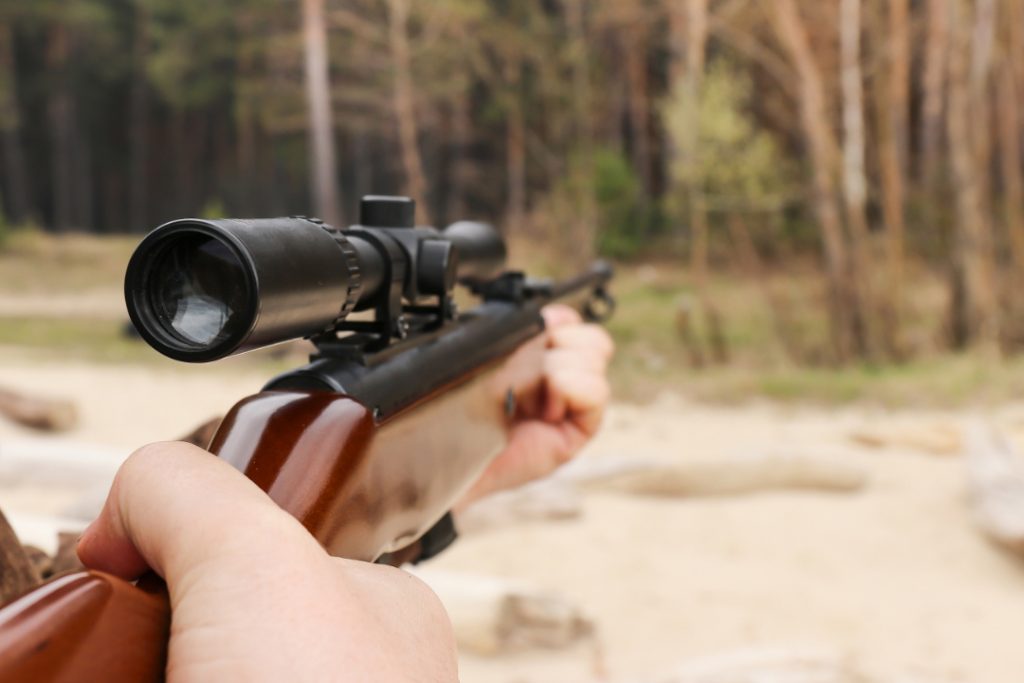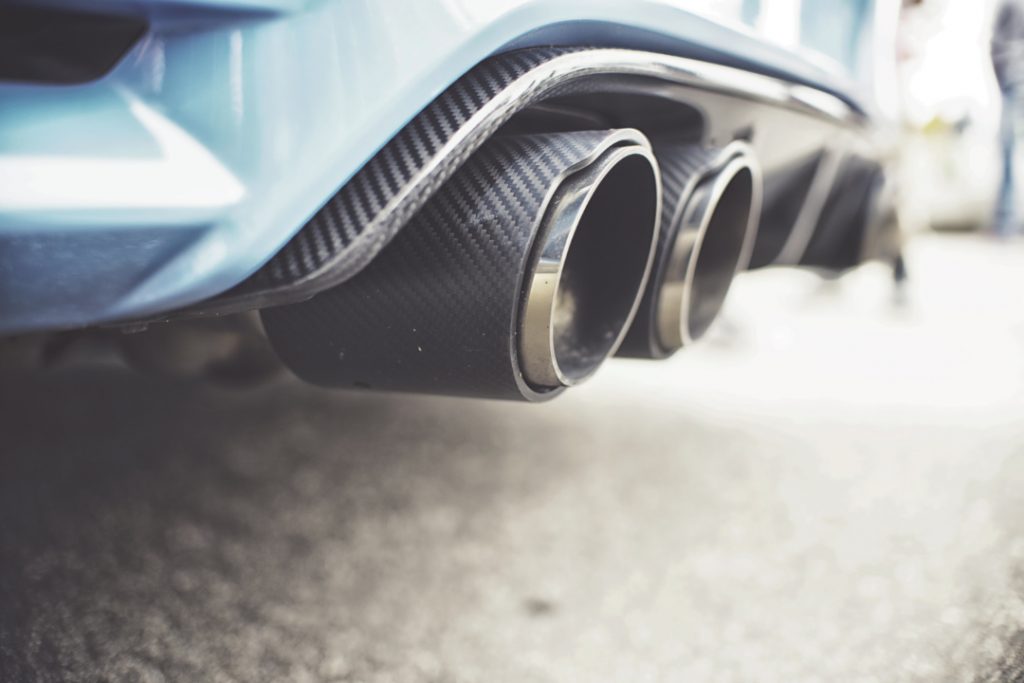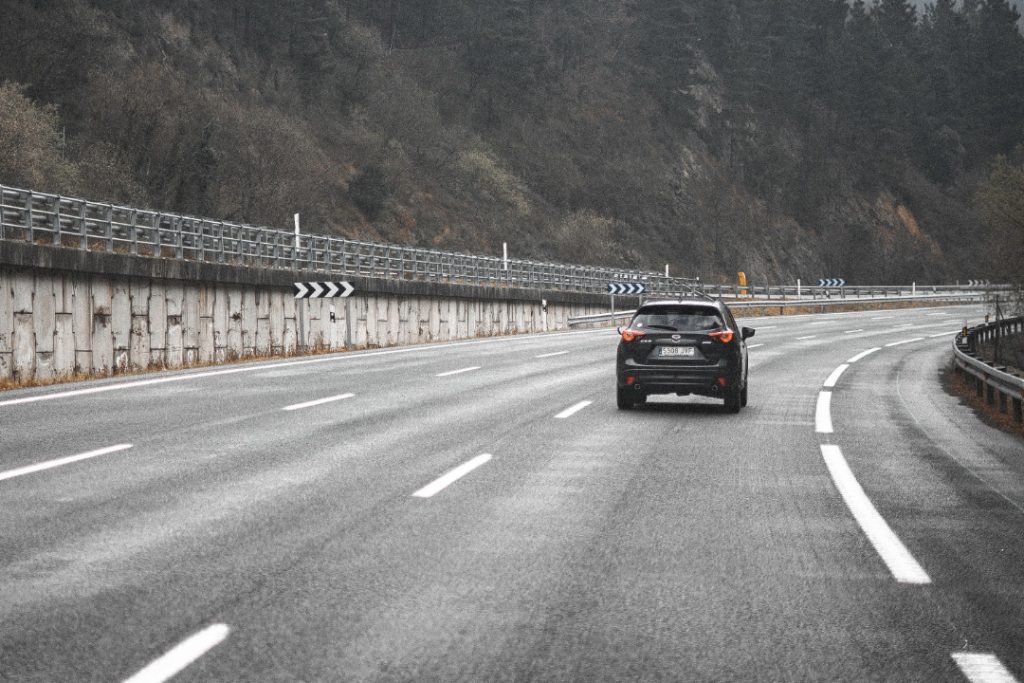Do you know how to quiet differential whine? Rear-wheel drive vehicles have a rear differential that helps to distribute power from the engine to the drive wheels.
How To Quiet Differential Whine?
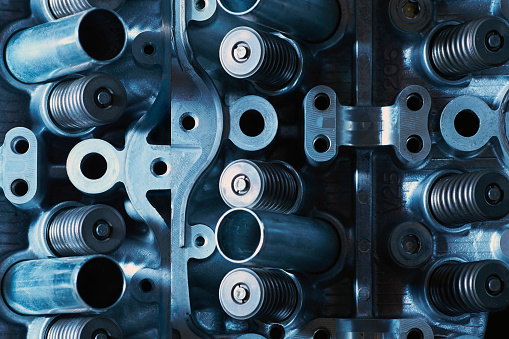
Rear differentials are found in most rear-wheel drive vehicles. The main function of a rear differential is to distribute the power from the engine to the drive wheels. A rear differential gets its name because it is located at the very back of the car, just behind the rear wheels.
The differential is filled with gear oil, which lubricates and cools the gears. The gear oil also helps to dissipate heat.
There are several different parts to a differential, including the ring gear, pinion gear, and bearings. The ring gear is attached to the differential housing and typically has between 10 and 12 bolts holding it in place. The pinion gear is attached to the driveshaft and meshes with the teeth on the ring gear.
Differential bearings are what allow the gears to rotate smoothly. There are two types of differential bearings – pinion bearings and side bearings. Pinion bearings support the weight of the pinion gear and help it rotate smoothly. Side bearings support the axle shafts and keep them aligned with the ring gear.
Most noise problems with a rear differential are caused by either chipped or worn teeth, bad pinion bearings, damaged inner gears, or pitted or damaged bearings.
Lug nuts are used to hold the wheel onto the vehicle. They should be checked periodically to make sure they are tight. The rear axle is what the wheel is mounted on. It is connected to the differential, which helps to dissipate heat and allows the wheels to turn at different speeds. The differential is what allows your vehicle to go around corners without skidding or slipping. It consists of many parts, including the ring gear, pinion gears, and side gears. The ring gear is what transfers power from the driveshaft to the axle shafts. The pinion gears are what transfer power from the driveshaft to the drive wheels. The side gears are what allows the wheels to turn at different speeds. Differential parts can wear out over time and may need to be replaced.
Symptoms of a bad differential include a howling noise, humming noise, whirring noise, clunking noise, clicking noise when turning, a whining sound when driving, and a clunking noise when shifting gears. To fix this, you will need to replace the differential bearings using a seal removal tool and differential fluid. The Pinion depth is also important to consider when fixing a rear differential. There are many other parts to the rear and front differential including the differential housing, axle shafts, and drive wheels.
Differential Output Shaft Seal
A differential output shaft seal is a device that helps to prevent fluid leakage from the rear differential of a rear-wheel-drive vehicle. The rear differential is located between the drive wheels and allows them to rotate at different speeds while transmitting power from the engine to the wheels. Differential fluid helps to lubricate and cool the gears in the differential, and also helps to dissipate heat. To fix a differential leak, you will need to replace the differential fluid, which can be done by adding fresh gear oil to the fill hole until it starts to run out of the axle male fitting.
The differential output shaft seal is responsible for holding the differential fluid in and keeping the gear oil from leaking out. The rear differential is a common source of leaks on many vehicles. The rear differential gasket can start to leak over time and cause fluid to seep out. The axle gear inside the differential can also be a source of leaks. If there is enough differential fluid leaking out, it can cause the differential to make noise. The wheel bearing and axle bearings can also be a source of the noise.
Rear Differential Gasket
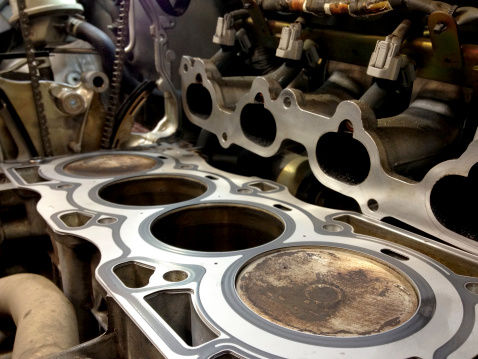
The rear axle is one of the most important parts of a rear-wheel-drive vehicle. It houses the differential, which transfers power from the driveshaft to the drive wheels. The rear axle also helps to dissipate heat and keep the differential parts cool. Over time, the seals and bearings in the rear axle gear can wear out, causing leaking and odd noise. To replace the seals and bearings, you will need a jack stand, a service manual, and a garage floor to work on. You will also need fresh gear oil and new differential parts. The first step is to remove the cover plate from the rear differential. Next, you will need to support the differential housing with a jack stand. Then, you will need to remove the old pinion seal and side seals. Once the old seals are removed, you can inspect the pinion gears for damage. If there is any damage, you will need to replace the gears. Next, you will need to install the new pinion seal and side seals. Finally, you will need to fill the rear differential with fresh gear oil. The last step is to test drive the vehicle to make sure that the noise is gone.
Differential Fluid
Richmond gears are an important part of many differential systems. Over time, however, Richmond gears can become damaged or worn. This can lead to problems such as differential leaks, a whining noise, or even a broken seal. The gear oil fill hole bolt is usually located on the side of the differential, and it may have a cover plate that needs to be removed to access it. If there is no cover plate, the fill hole bolt will be located next to the axle male fitting. To remove the cover plate, you will need a seal removal tool. Once the cover plate is off, you can locate the fill hole bolt and clean around it with brake cleaner. If you suspect that your Richmond gears are damaged, it is important to take action quickly. Depending on the severity of the damage, you may be able to simply replace the fluid or leaky seals with a seal removal tool. In other cases, you may need to replace the entire differential. No matter what course of action you take, it is important to consult your service manual for specific instructions.
Conclusion
Differential noise can be a humming noise, whining noise, or howling noise. Differential whine is often caused by low levels of fluid or worn-out bearings. A hydraulic lift can be used to remove the differential cover plate and inspect the internals of the differential. To check the level of the differential fluid, remove the fill plug on the side of the differential and insert a finger into the fill hole. If there is enough fluid, it should reach up to your fingertip. If the fluid is low, add more until it reaches the proper level. Once you have checked the level of fluid, clean off any debris that may have collected on the cover plate before putting it back on. If you notice any brown fluid, a leaking differential, or a noisy differential, it is important to have it serviced as soon as possible.

